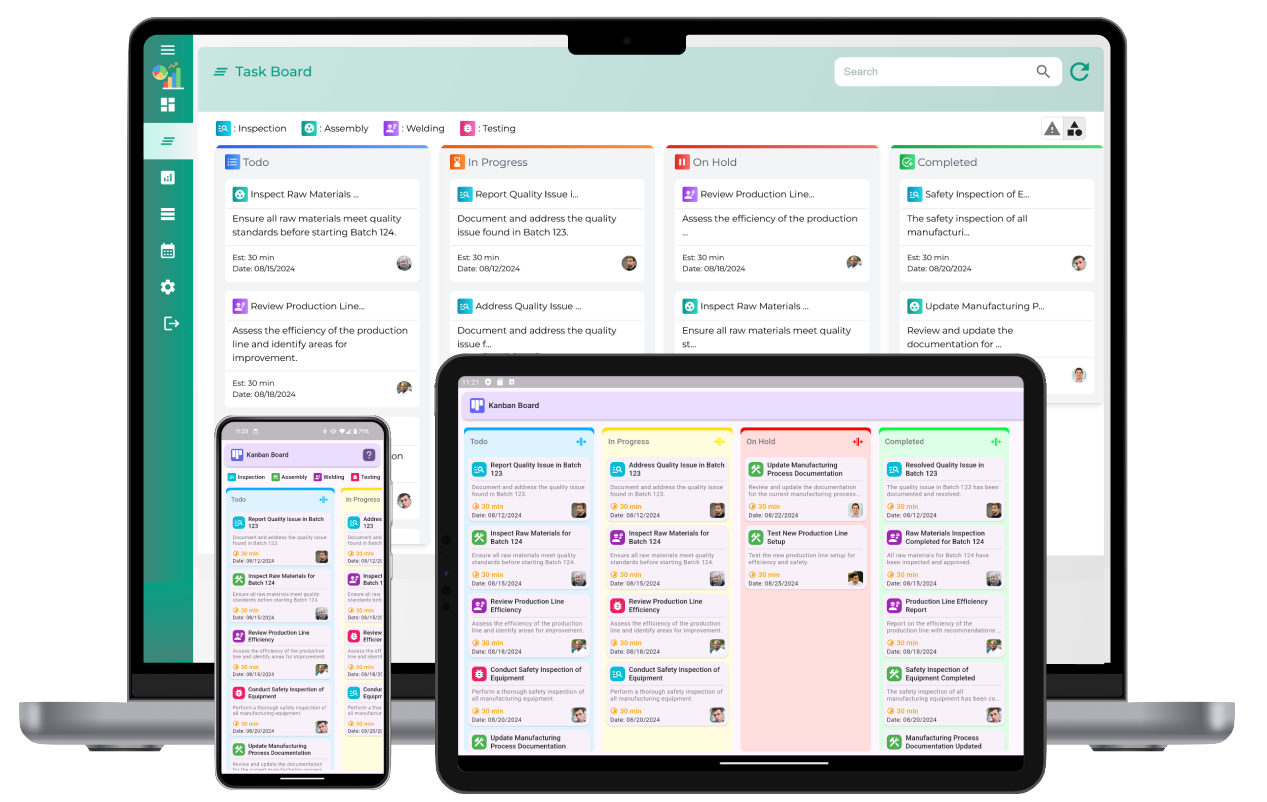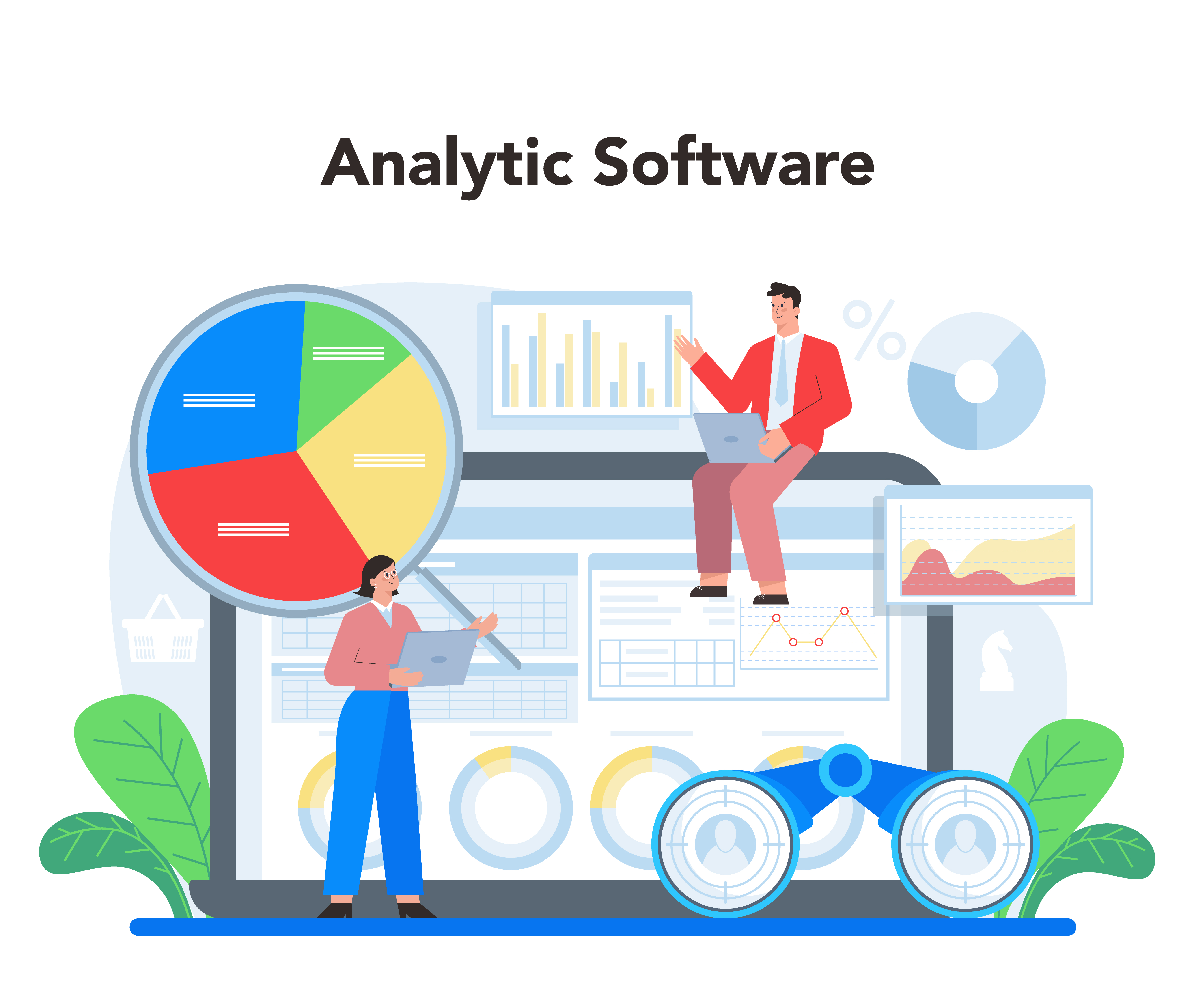Workflow Management Software (WFMS) is a digital solution designed to streamline, automate, and optimize business processes within an organization. It provides a centralized platform for defining, executing, and monitoring workflows, facilitating efficient task management, collaboration, and communication among team members.

Here are the key details about Workflow Management Software:
Process Modeling and Design: Workflow Management Software (WFMS) allows users to visually model and design their business processes. Using intuitive interfaces, users can create flowcharts or diagrams that represent the sequence of tasks, decisions, and interactions involved in various workflows. This feature enables organizations to map out their processes, identify inefficiencies, and design optimized workflows tailored to their specific needs.
Task Automation and Routing: One of the primary functions of Workflow Management Software is task automation. Users can define rules and triggers to automate repetitive tasks, reducing manual effort and ensuring consistency in process execution. Additionally, Workflow Management Software enables automated routing of tasks to the appropriate team members or departments based on predefined criteria, speeding up task completion and improving efficiency.
Real-time Monitoring and Reporting: Workflow Management Software provides real-time visibility into workflow execution, allowing users to track the progress of tasks and projects. Visual dashboards and reporting tools offer insights into key metrics such as task completion times, resource utilization, and bottlenecks. This transparency enables stakeholders to make data-driven decisions and proactively address issues as they arise.

Collaboration and Communication Tools: Effective collaboration is essential for successful workflow management. Workflow Management Software includes features such as shared task lists, comments, and file attachments to facilitate communication among team members. Integration with email and messaging platforms further enhances collaboration by enabling seamless communication within the context of specific workflows.
Customization and Scalability: Project costs are monitored and controlled to ensure that they align with budgetary constraints. It may involve tracking expenses, budget variances, and implementing cost-saving measures.
Workflow Management Software
What is workflow management software?
Workflow management software is a tool designed to help teams and individuals organize, track, and optimize tasks and processes, ensuring efficiency and clear visibility of progress.
How does workflow management software improve task organization?
It provides visual tools like boards and cards to categorize tasks, set priorities, and track progress, making it easier to organize and complete work systematically.
What is the difference between Tcard and Kanban systems?
Tcard systems focus on physical or digital cards for task tracking, often used in inventory and operations. Kanban systems emphasize visual workflow management using boards to represent process stages.
How do Tcard systems work in workflow management?
Tcard systems use task cards that move through defined stages, providing a clear view of task progress and highlighting areas requiring attention.
What is a Kanban board in workflow management?
A Kanban board is a visual tool with columns representing workflow stages. Tasks are represented as cards and move across the columns as they progress.
What are the benefits of using workflow management software?
Benefits include improved task organization, enhanced team collaboration, increased visibility of progress, reduced bottlenecks, and better time management.
How can workflow management software help track task progress?
It visually tracks tasks across stages, updates task statuses in real time, and provides analytics to monitor progress and identify delays.
What industries can benefit from workflow management tools?
Industries like manufacturing, healthcare, education, software development, marketing, logistics, and project management benefit significantly from workflow tools.
How does limiting work-in-progress (WIP) improve productivity?
Limiting WIP ensures that teams focus on completing current tasks before starting new ones, reducing multitasking and improving efficiency.
Can workflow management tools be customized for specific needs?
Yes, workflow tools can be customized with specific workflows, task categories, and features to meet the unique requirements of any team or project.
How do Tcard and Kanban tools support collaboration?
They allow team members to share task updates, add comments, and track progress in real time, ensuring effective communication and collaboration.
What is the role of visual task tracking in workflow management?
Visual task tracking makes it easier to understand progress at a glance, identify bottlenecks, and communicate status updates effectively to all stakeholders.
How does workflow management software support continuous improvement?
It provides analytics and feedback, enabling teams to identify inefficiencies, adjust processes, and implement changes for better performance over time.
Can workflow management tools be used for personal task tracking?
Yes, individuals can use these tools to organize personal tasks, set goals, and track progress, making them ideal for personal productivity.
What features should I look for in workflow management software?
Key features include visual task tracking, real-time updates, customizable workflows, WIP limits, analytics, and collaborative capabilities.